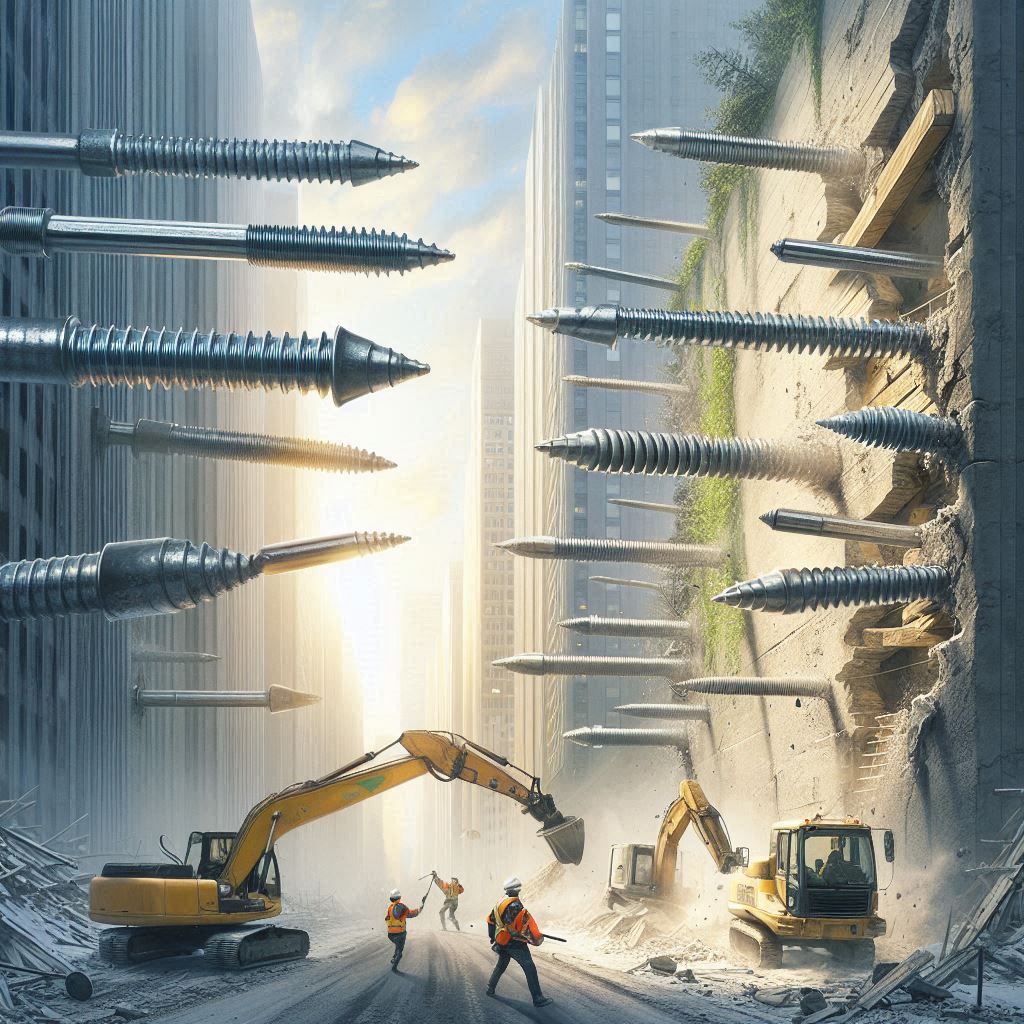Are Wall Anchors Reusable? Here’s What You Should Know


In this post, we’ll break down what makes wall anchors reusable or not, and give you some tips on how to properly use them to ensure the best outcome for your next project.
Wall anchors are an essential tool for securing items to walls, especially when you’re working with materials like drywall that lack inherent strength. They provide the necessary grip and support for hanging heavy objects, such as TVs, shelves, mirrors, and artwork. However, one common question that many people ask is: Are wall anchors reusable?
The answer isn’t straightforward, as it depends on the type of anchor and how it was used.
Wall anchors, also known as drywall anchors or expansion anchors, are devices that help distribute the weight of an item across a larger surface area within the wall. They prevent the screw from pulling out or damaging the wall, offering a reliable and secure way to hang objects.
There are different types of wall anchors available, such as:

While wall anchors are incredibly effective, most of them are not reusable once they have been installed. Here’s why:
Plastic Anchors
Once a plastic anchor is inserted into a wall and a screw is driven in, the anchor expands to create a tight fit. Removing the screw may cause the anchor to lose its grip, meaning it won’t securely hold in place if reused. The plastic may also break or become deformed during removal, making it unsuitable for reinsertion.
Toggle Bolts
Toggle bolts are typically not reusable because once the wings have expanded behind the wall, they can be difficult to collapse again for reuse. Additionally, the installation process may damage the wall, making it difficult to re-insert the toggle bolt in the same spot without compromising the wall’s integrity.
Molly Bolts
Molly bolts can sometimes be reused if the bolt is removed carefully, but the expansion sleeve can often be damaged during removal, rendering it ineffective for reuse. It’s often safer and more reliable to use a new molly bolt for each installation.
Elephant Anchors
Elephant Anchors are an exception to the rule. These anchors are designed for heavy-duty applications, and while they’re generally intended for single-use, they can sometimes be reused if the anchor is removed carefully and the hole in the wall is not damaged. Reusing Elephant Anchors isn’t always recommended, but with proper handling, it may be possible to install them again in the same spot for future projects.
If you want to remove wall anchors without damaging them (and potentially reuse them), it’s important to follow the correct procedure:
Unscrew Slowly
Gently unscrew the fastener or bolt from the anchor. Don’t rush this step, as too much force can cause the anchor to break or deform.
Use Proper Tools
Depending on the type of anchor, use a screwdriver or pliers to carefully pull the anchor out of the wall. For molly bolts or toggle bolts, a flathead screwdriver or pliers can help you ease the anchor out without causing excessive damage.
Assess the Damage
After removing the anchor, inspect the hole. If the hole is too large or has cracked, it’s likely best to use a new anchor. If the hole remains intact, you might be able to reuse the anchor for light-duty tasks.
If you’ve removed an anchor and notice any signs of damage—such as cracks, deformities, or loss of its gripping power—it’s time to replace it. Using a damaged or worn-out anchor can lead to accidents, especially if you’re mounting heavy items like TVs or shelves. It’s always better to err on the side of caution and opt for new anchors if there’s any doubt about their reliability.
In most cases, wall anchors are not reusable due to their design and how they interact with the wall material. While some types, like Elephant Anchors, may offer the possibility of reuse with careful handling, it’s generally best to replace anchors once they’ve been removed to ensure a secure and reliable installation. Always consider the weight of the item you’re mounting and the type of anchor required, as this will help you make the right decision for your project. And if you’re mounting something heavy, don’t forget the importance of using high-quality anchors like Elephant Anchors to guarantee safety and stability.
Introducing Elephant Anchors – your ultimate solution for secure and hassle-free mounting! 🛠️ Whether it’s steel studs, no studs, or heavy-duty support, our anchors hold up to 90lbs with rock-solid stability. Say goodbye to traditional anchors and embrace versatility and ease of installation. Perfect for TVs, cabinets, shelves, and more. Upgrade your space with confidence and style!
Cutting drywall is an essential skill for any DIY enthusiast or professional contractor. This guide walks you through the process, covering the necessary tools and techniques for a smooth, professional finish. Key tools include a utility knife, drywall T-square, measuring tape, drywall saw, keyhole saw, rasp, straight edge, and pencil. Steps include measuring and marking, scoring the drywall, snapping it, and smoothing the edges. Tips for success include using sharp tools, taking accurate measurements, and practicing safety. By mastering these techniques, you'll achieve precise cuts and efficient results for all your drywall projects.
Elevate your TV viewing experience with the Metal Stud Advance Tilt TV Mount by Elephant Anchors! 📺🔩 Our mount offers easy installation, superior tilt and swivel features, and a sleek, modern look. Perfect for metal stud walls, and supports TVs up to 100 lbs.